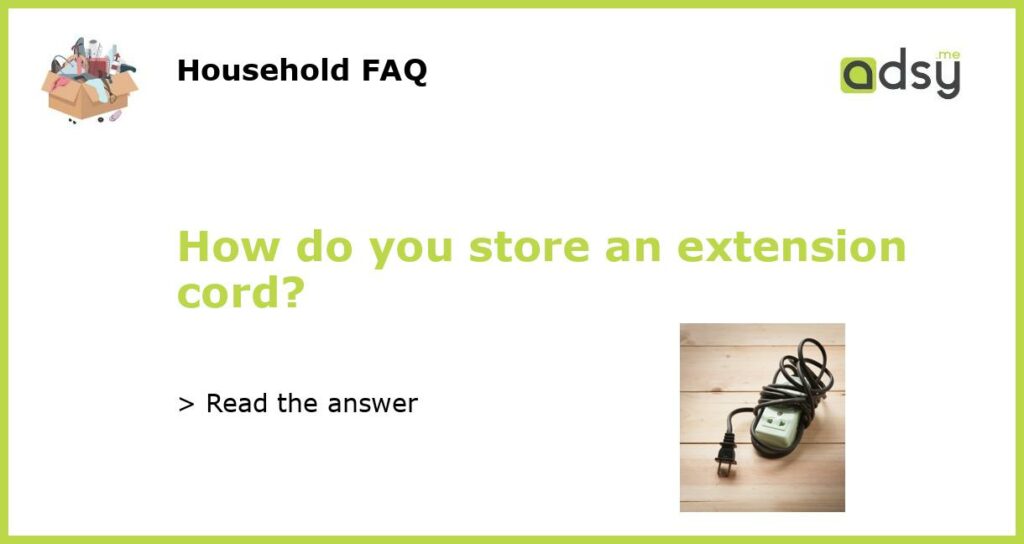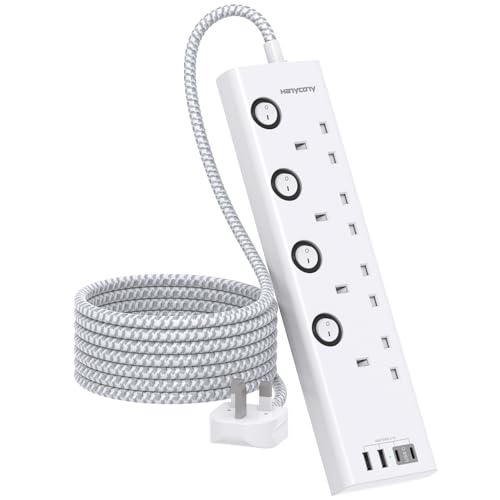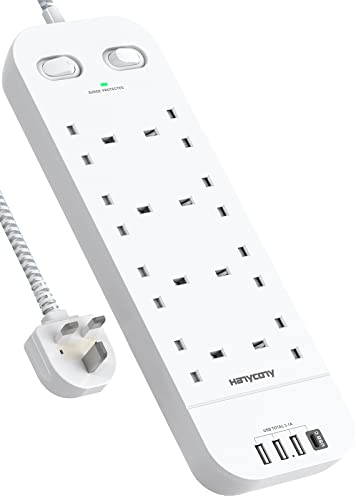Tips for storing extension cords efficiently
Extension cords are used primarily for providing power to appliances and electronics. They are an essential utility item for any home or office. However, storing extension cords can be a daunting task for many. Storing extension cords carefully will help in extending their life and preventing wear and tear. It is necessary to store the cords correctly to avoid any electrical accidents. Here are some tips on how to store an extension cord:
Prepare the cord for storage
Before storing your extension cord, make sure to prepare it. Remove any knots or twists in the cord and straighten it out. If the cord is dirty, clean it using a damp cloth and allow it to dry. Be careful not to get the connector or plug wet as this could damage the cord. Before storing it away, inspect the cord for any signs of damage or wear and tear that could be dangerous.
Choose the right storage solution
There are several storage solutions available for extension cords. The most popular ones include cord reels, cord bags, and cord holders. Cord reels allow you to wind the cord around a spool, and cord bags allow you to store the cord in a bag with pockets. Cord holders are another option that provides a compact solution for storing cords. Make sure to choose a storage solution that suits your needs and the length of your cord.
Store the cord properly
When storing the cord, make sure to store it in a cool, dry place. Avoid storing the cord in direct sunlight, as this could cause damage to the insulation. Keep the cord away from chemicals as they could cause damage to the cord’s construction, which could lead to electrical accidents in the long run. Also, make sure to store the cord in a place that children cannot easily access to avoid any accidents.
Label your cords
Labeling your cords can save you a lot of time and effort when you need to use them again. Use a label maker or tape to label the cord with the length, date of purchase, and any other relevant information. This will help you identify the cord when you need it later on and avoid any confusion when choosing which cord to use.






